Causes, Risk Factors, And Complications Of Primary Biliary Cholangitis
Primary biliary cholangitis is considered an autoimmune condition in which the bile ducts in the liver are destroyed. The liver supplies the small intestines with bile through these ducts to aid in the breakdown of fats and fat-soluble vitamins. With damaged ducts, the bile collects in the liver causing the development of scar tissue. Symptoms include abdominal swelling, skin darkening, jaundice, edema, and bleeding in the stomach. Pain in the abdomen, bones, joints, and muscles is common. This disease progresses slowly, and there is no cure. This condition can lead to cholestasis and end-stage liver disease. Treatments can assist in slowing down the progression of primary biliary cholangitis, but ultimately a patient will require a liver transplant.
Uncover the causes, risk factors, and complications of primary biliary cholangitis now.
Autoimmune Condition
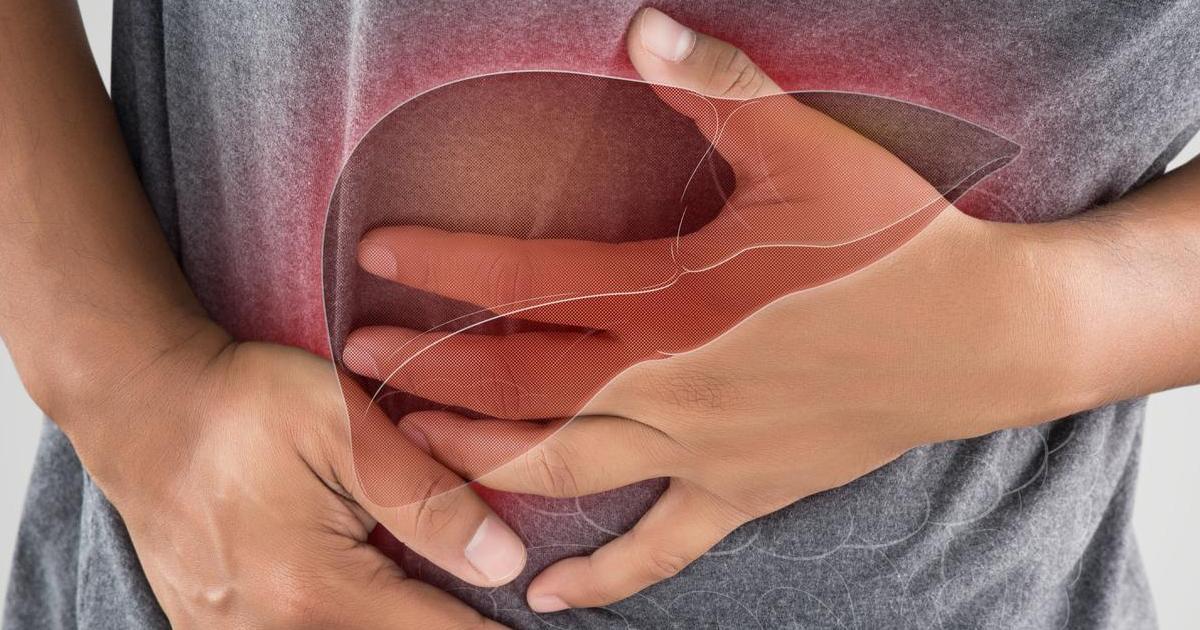
As an autoimmune disease, primary biliary cholangitis is thought to be caused by the immune system mistaking healthy tissues for foreign invaders. Many individuals affected by this disease also have another autoimmune disease. In this case, the immune system attacks the lining of the bile ducts, slowly destroying them. When the immune system’s white blood cells pool in the liver, it becomes inflamed. The inflammation then spreads throughout the liver, causing scar tissue to develop. This is called cirrhosis, and it prevents the liver from functioning properly. Because autoimmune conditions are the body essentially attacking itself, primary biliary cholangitis can be hard to treat. Liver transplants can prolong the life of an individual with the disease, but primary biliary cholangitis can sometimes return to the donated liver.
Reveal another contributing cause of this condition now.
Genetics And Family History
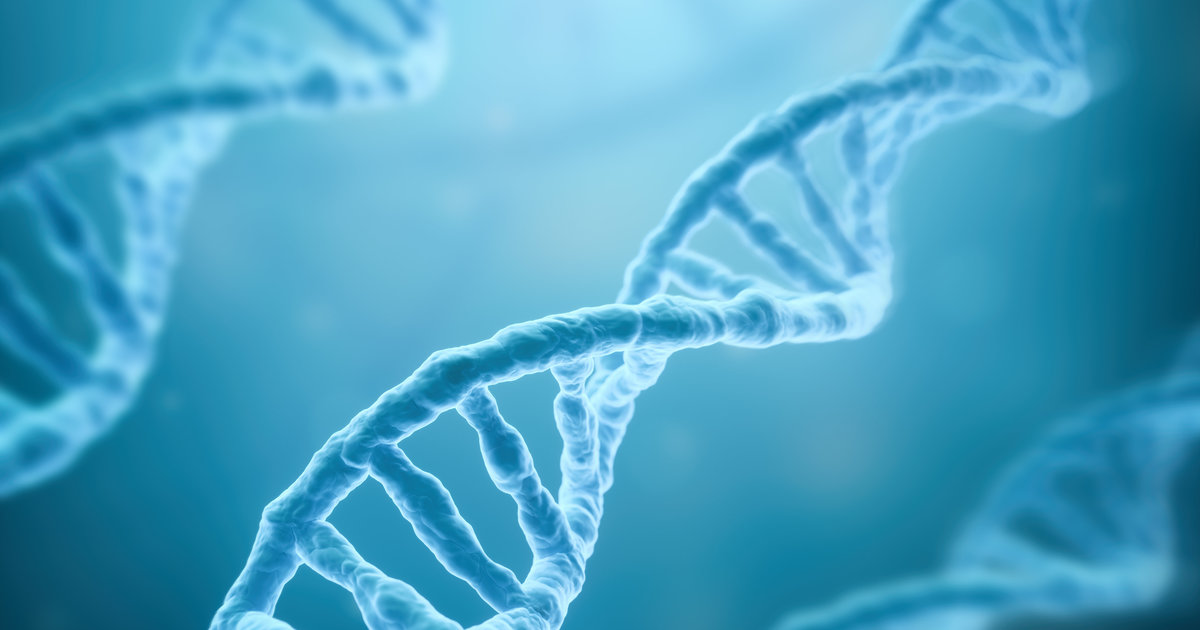
Though no defective gene mutation has been found to correlate with primary biliary cholangitis, it is more likely to occur in those with similar genetics and family history. If a sibling has been affected by primary biliary cholangitis, it is very common for another sibling to acquire it. If one identical twin has this condition, the other twin is extremely likely to have it as well. This correlation is not as strong with fraternal twins and regular siblings. Without definitive evidence of hereditary causes, scientists believe primary biliary cholangitis could be caused by a combination of genetics, epigenetics, and environmental factors. Epigenetics includes mutations that may happen on a molecular level without noticeably altering DNA.
Reveal more about primary biliary cholangitis causes and risk factors now.
Age

The onset of primary biliary cholangitis tends to happen when individuals are between thirty and sixty years old, though it can occur at any point. The average age of onset is thirty-nine years old, but it has been recorded in individuals as young as twenty-two and as old as ninety-three. This is most likely because the early stages of the disease do not cause symptoms. Unless it is discovered through other routine blood tests, one may not know they have the disease until they start to feel it. Fatigue and intense itching are the most common initial symptoms, and many doctors can mistake these for other ailments.
Learn about how gender impacts primary biliary cholangitis now.
Gender

Doctors are not sure why, but primary biliary cholangitis affects exceedingly more women than men. It is estimated up to ninety percent of individuals with this disease are female, and one in one thousand women over forty have it. It is the most common liver condition and the most common cause of liver transplants among women. Women who were diagnosed with primary biliary cholangitis before thirty years old and all men diagnosed with the disease tend to be least responsive to treatments delaying its progression. Primary biliary cholangitis tends to be most prominent in women of Caucasian descent in Europe and North America.
Keep reading to learn about another factor that plays a part in primary biliary cholangitis.
Bacterial/Fungal/Parasitic Infections
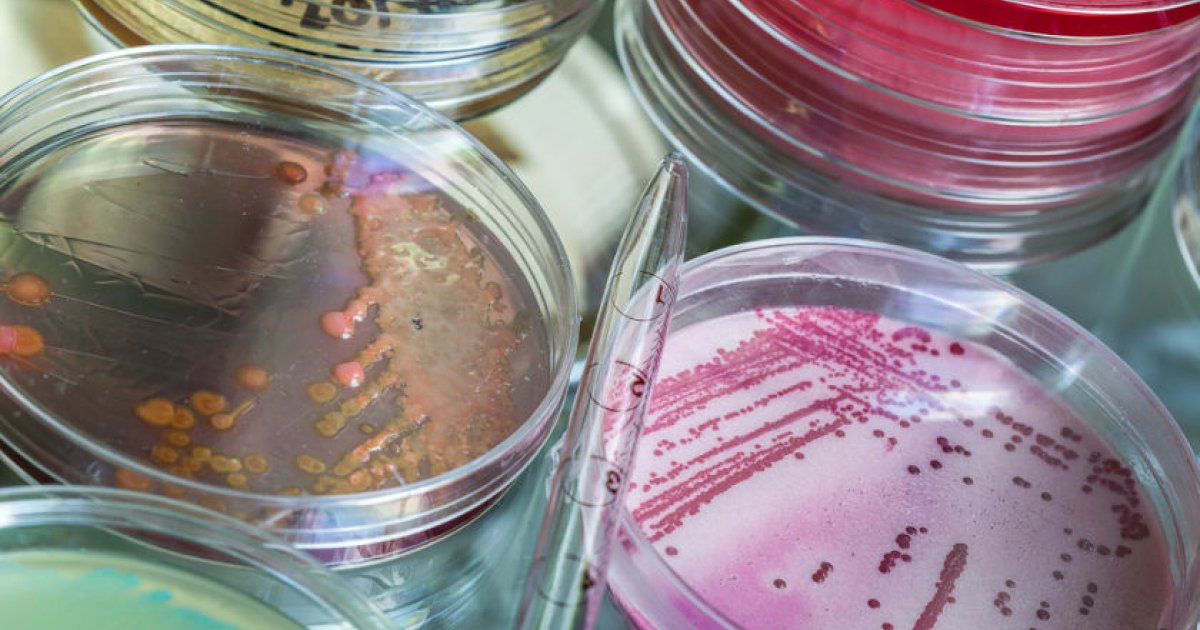
Bacterial, fungal, and parasitic infections may play a small part in primary biliary cholangitis. Chronic infections can cause the immune system to function at a lower or distorted level allowing it to mistake the body’s cells for disease-causing microbes. The immune system uses T-cells to fight off fungal and some bacterial infections. Individuals with primary biliary cholangitis have abnormally low T-cell counts circulating throughout the body. It can also be noted many patients have elevated antibodies for certain viruses. These antibodies, left behind from prior infections, may be mistakenly identifying liver cells as infectious agents. This is most likely due to similar protein receptors on both cells. Further studies are required, because researchers still do not have a definitive answer as to what causes primary biliary cholangitis.
Get the full details on complications of primary biliary cholangitis next.
Portal Hypertension

Portal hypertension is a term used to describe when the blood pressure in a portal vein becomes too high. Blood pressure is the measurement of the force of blood on the walls of blood vessels as it is traveling through them. Biliary cholangitis causes the backup of bile into the tissues of the liver. Bile backup in the liver tissues can be toxic, damaging, and can destroy the cells that make up the organ. Liver tissues are repaired by the body when a mechanism like this causes damage but replaces the damaged tissue with a more fibrous type of tissue. When the liver develops scar tissue or fibrosis, the portal vein can no longer expand to accommodate the high volumes of blood flowing through it from the spleen, pancreas, and intestine. This malfunction causes the large volumes of blood to push with more force through the portal vein to pass through the liver, which causes an impaired ability to filter toxins and drugs from the bloodstream and portal hypertension.
Read more about the potential complications of primary biliary cholangitis now.
Enlarged Spleen
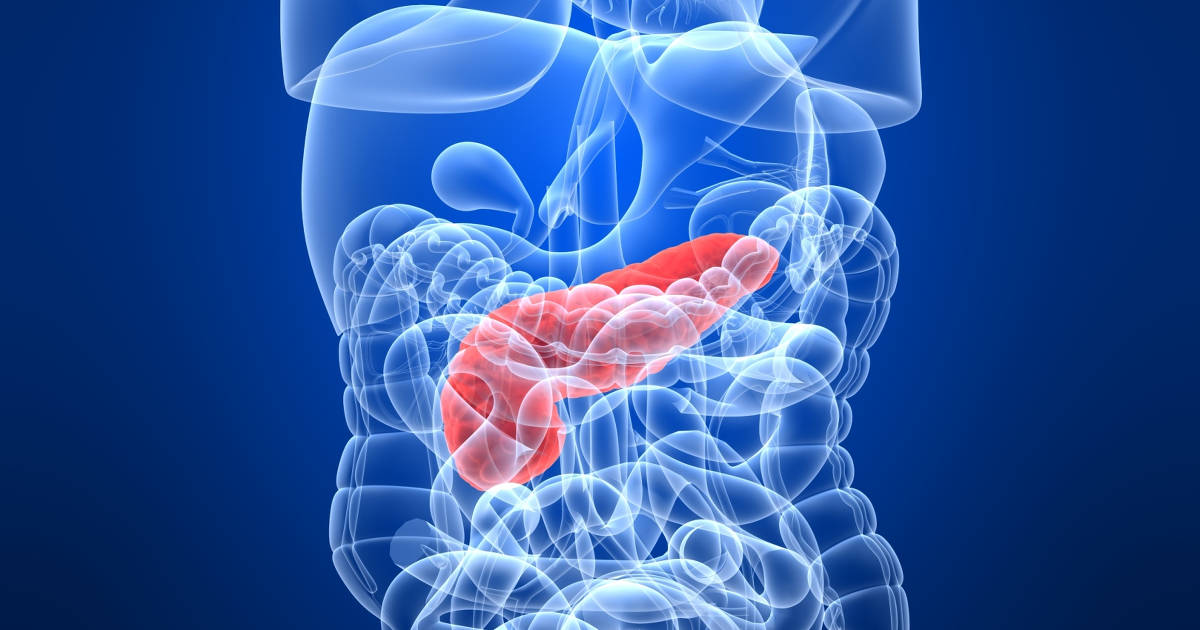
Primary biliary cholangitis can cause the accumulation of scar tissue in the liver. These fibrous tissues do not allow for the portal vein to accommodate a sufficient amount of blood that comes from the intestine, pancreas, and spleen. As stated previously, this mechanism causes the patient to develop portal hypertension, which causes blood flow congestion in the portal vein. When blood cannot move through the portal vein properly, it backs up into the organs it is coming from. One of the organs that receive blood from the aorta and sends it back to the heart via the portal vein is the spleen. The spleen belongs to the lymphatic and immune systems and is responsible for filtering blood and storing blood cells. The spleen also produces white blood cells that help fight off pathogens like the ones that cause meningitis and pneumonia. When blood backs up in the spleen, it causes the organ to swell and become enlarged.
Discover additional complications of primary biliary cholangitis now.
Cirrhosis

The liver is responsible for the production of blood-clotting proteins and bile, a substance that helps digest vitamins A, E, D, K, dietary fats, and cholesterol. The liver also stores certain vitamins and sugars so the body can use them later. The liver filters the blood of bacteria, wastes, and toxins not filtered out by the kidneys. Cirrhosis develops in the liver when the tissues sustain damage and experience injury repeatedly over an extended duration. Tissues that have been destroyed or damaged are replaced with scar tissue, which cannot function the same as the original liver tissues. The cells of the liver can be damaged by several different processes, including alcohol abuse, autoimmune disorders, viral infections, and primary biliary cholangitis. Primary biliary cholangitis causes bile to back up into the liver and induces high blood pressure in the portal vein, both being processes that are damaging to the cells of the organ.
Learn more about the complications linked to primary biliary cholangitis now.
Osteoporosis
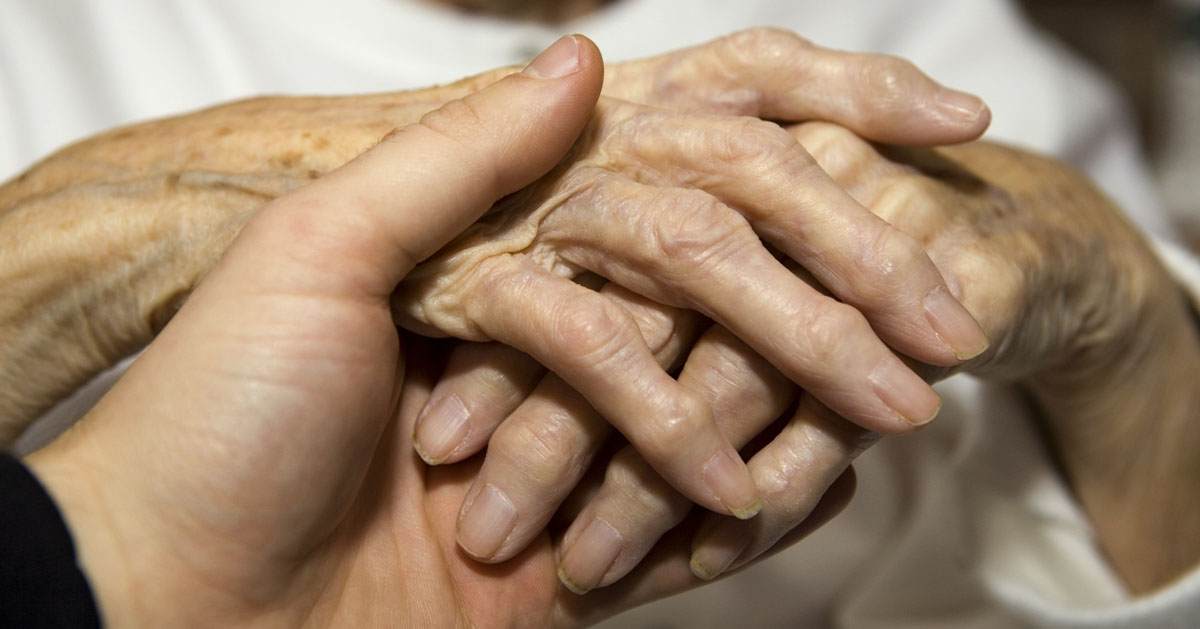
Osteoporosis is a condition characterized by microarchitectural malformation, low bone mass, and structural weakness in the bones. There are several ways osteoporosis can develop in a patient who has impaired liver function due to primary biliary cholangitis. Bone maintains its strength and integrity through a complex balance of breakdown and rebuilding processes in an individual's body. This balance is regulated by hormones and other mechanisms that depend on an adequate supply of calcium and vitamin D, a balanced hormonal environment, the right amount of mechanical stress, and good nutrition. When any of these factors are altered abnormally, the delicate balance of bone breakdown and regeneration is interrupted. Primary biliary cholangitis can cause problems with the absorption and or metabolism of calcium and vitamin D, disrupt healthy levels of certain hormones, and interfere with an individual's utilization of nutrients that come from the food they eat. When this condition produces an alteration in the bone breakdown-regeneration balance, the patient can develop osteoporosis.
Continue reading to reveal more complications of primary biliary cholangitis now.
Liver Cancer
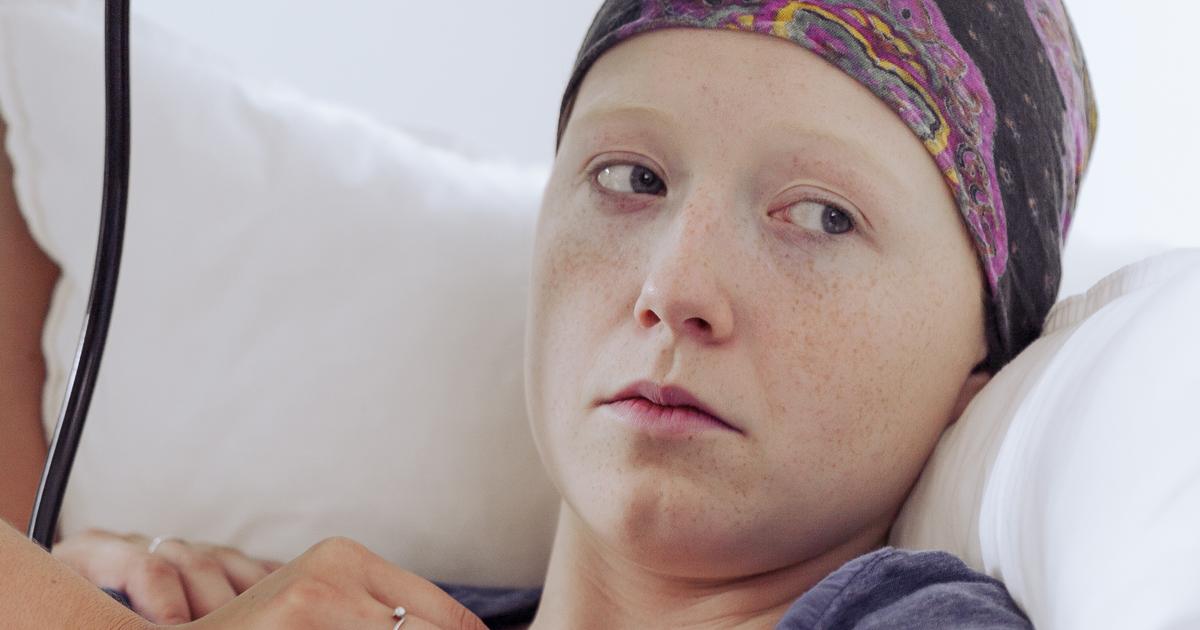
Liver cancer is a term used to describe when abnormal cells that rapidly grow and divide develop into a mass or tumor that obstructs the functionality of the organ, crowds out healthy cells, and causes damage to the affected tissue. Liver cancer can be a life-threatening disease and most commonly develops in individuals with some prior history of problems with their liver. The liver is responsible for filtering wastes, toxins, and other harmful substances from an individual's blood to stop other organs and structures from becoming damaged or toxic. Because the cells of the liver come in contact with harmful substances and toxins frequently, they already have a high turnover rate compared to other tissues. Liver diseases, such as primary biliary cholangitis, cause the cell turnover rate in the liver tissues to compound because it produces severe inflammation and damage to the liver cells. A high rate of cell turnover provides more opportunity for a genetic mutation to occur that can cause carcinogenesis in the liver cells.